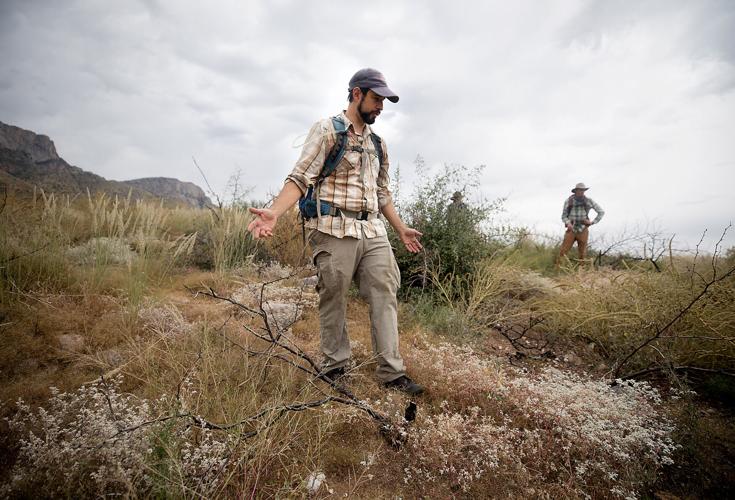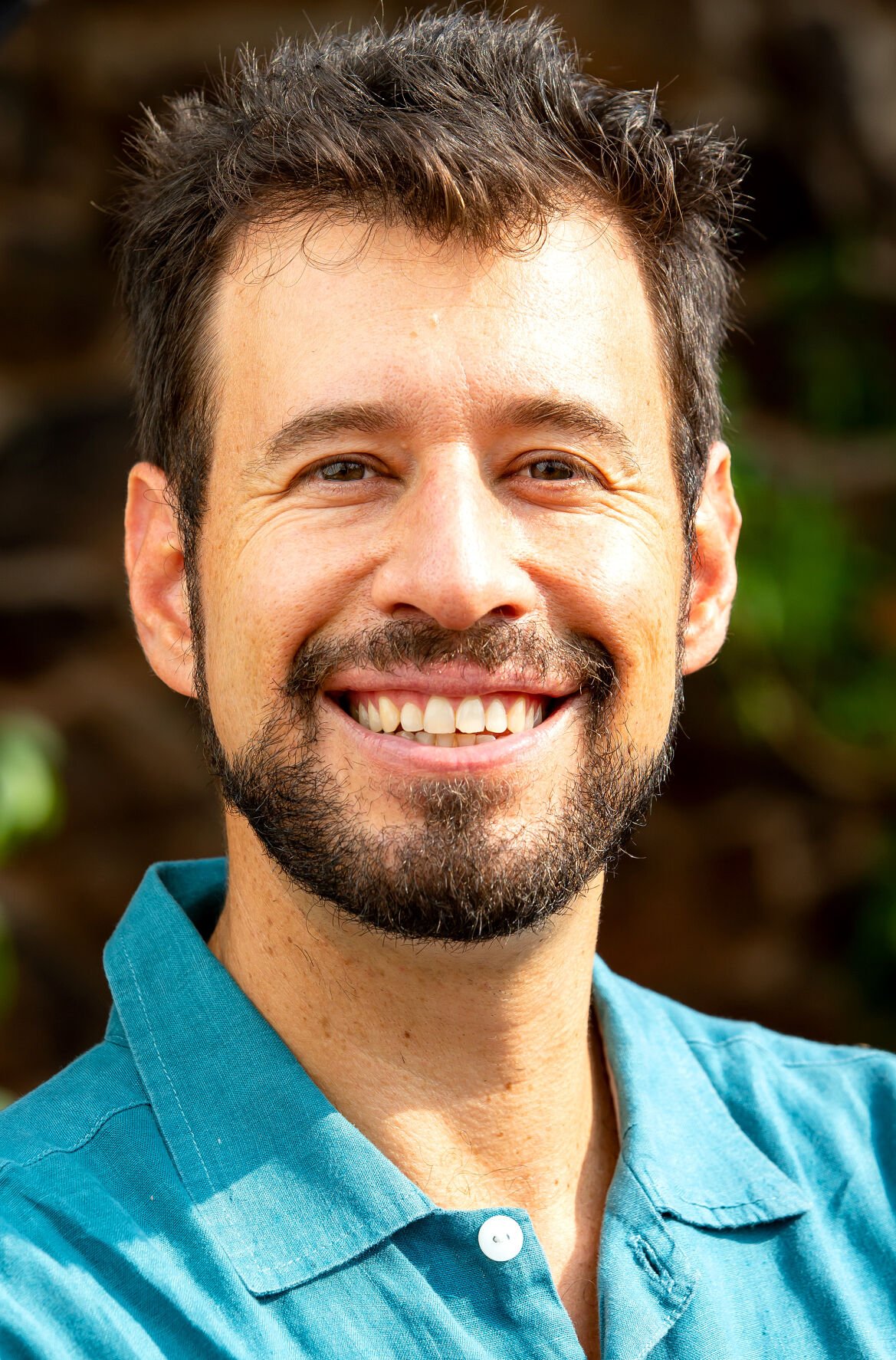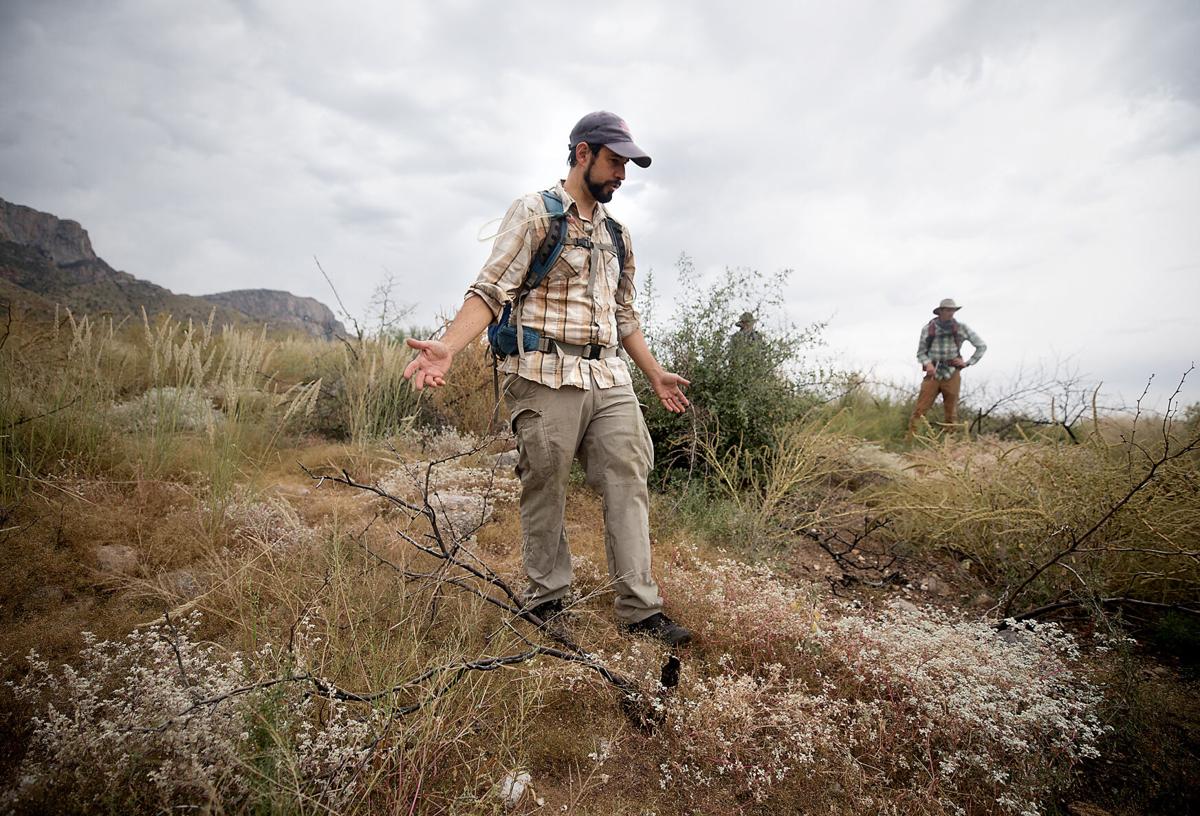Ben Wilder has resigned as director of the University of Arizona’s Desert Laboratory on Tumamoc Hill after a six-year stint that saw improvements to the facility, its programs and public access to the popular Tucson hiking destination.
Wilder confirmed Wednesday that he left his post on June 2, after what he called “an impasse” with university leadership over the vision for the future of the 860-acre ecological preserve west of downtown.
He declined to elaborate on the disagreement, but he said it was “an incredible honor” to serve as director of the historic property.
“I’m incredibly proud of what we accomplished during my tenure,” he said. “I loved every minute of it.”
University officials wished Wilder “success in his next endeavors” in a written statement from Pam Scott, the UA’s associate vice president for external communications.
“During his tenure, the road on Tumamoc was completely restored, and he worked to make certain it was open and safe for public use,” Scott said in the statement. “He was also committed to improving public understanding of desert plant life and creatures and was instrumental in developing an app to tour the hill.”
Under Wilder’s direction, facilities and curation improved for the research collections held on the hill, and programming increased “at the interface between science and the arts,” Scott said.
Wilder said he also oversaw the renovation of the site’s greenhouse, the development of its new resilience garden and the completion of deferred maintenance projects, some of which dated back more than 100 years to when the Carnegie Institution operated the Desert Laboratory.
The university has placed director of operations Clark Reddin in charge of all operational activities on Tumamoc Hill “during this time of transition,” according to the statement from Scott.
“Our stewardship of the hill — its collections, history, facilities, gardens, research, educational programs and public access — is an important mission for the university. We are fully committed to that stewardship,” Scott said. “Beginning with Tumamoc Hill’s strategic plan, produced in July 2020, we will continue to develop programs that ensure this historical landmark and research and outreach site remains an ever-valuable asset to the university, Indigenous peoples and the entire Tucson community.”
Wilder said he joined the Desert Laboratory in July 2015 and was named its interim director in October 2016. He assumed the role permanently in August 2018.
Wilder, the son of renowned Tucson chef and restaurateur Janos Wilder, said he plans to continue his wide-ranging scientific research in the U.S. and Mexico, from the ecology of the Gulf of California to the recovery of desert plants at Catalina State Park following the 2020 Bighorn Fire.
“My love of working in the Sonoran Desert hasn’t diminished one iota,” he said. “I’m looking for the next platform that will allow me to continue that work.”
In the meantime, he will still serve as director of the Next Generation of Sonoran Desert Researchers, a multinational community of scientists he helped found in 2012.
Wilder said Tumamoc Hill will always have a special place in his heart — as it does for so many Tucsonans.
“I can’t speak to the university’s plans for the laboratory and the hill,” he said. “But that space means so much to our community and our region. I’m optimistic that it has a really bright future.”
A unique view of the city’s ecological wonder. It’s one of the area’s most popular hiking and running trails, with more than 700 feet of elevation change and a grand view of downtown.






